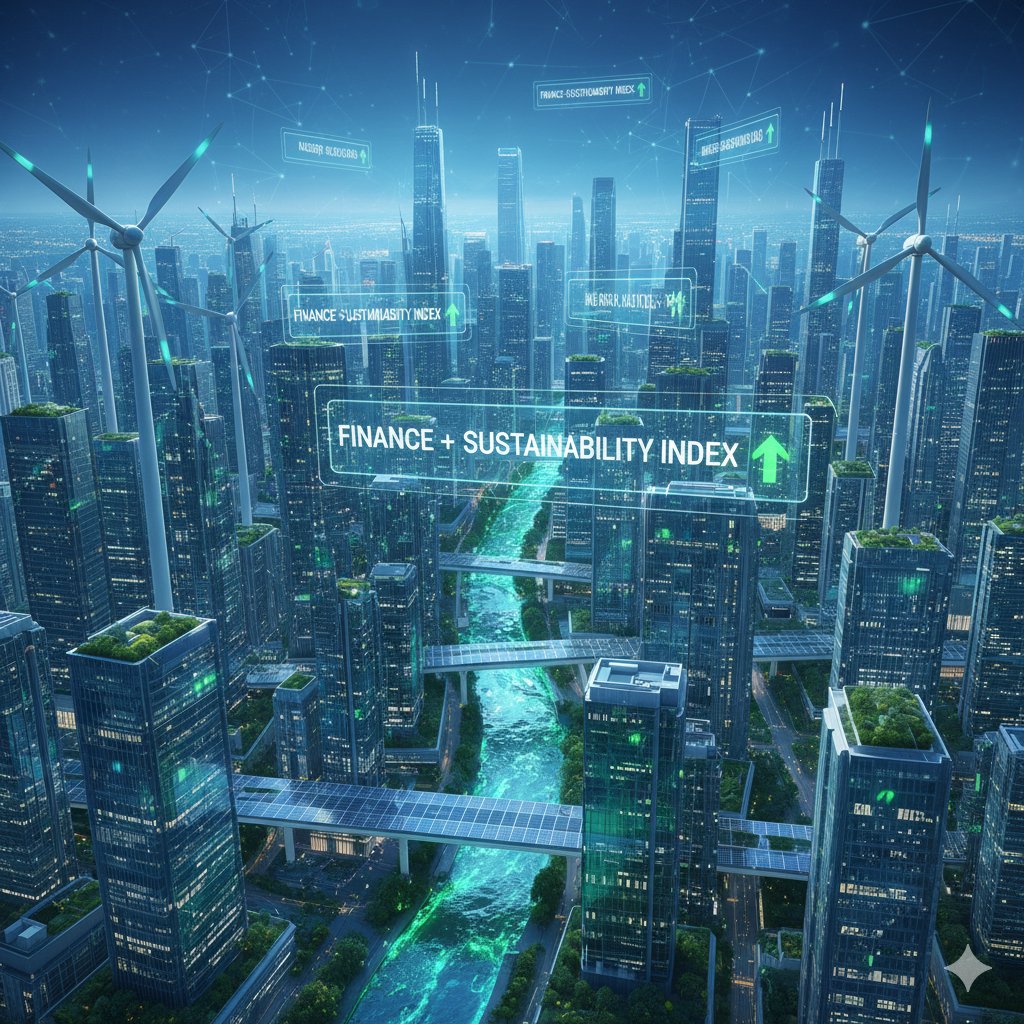💡 Strategies of Sustainable Investing
Different Roads, One Destination 🌐
Over the last decade, investors have experimented with multiple ways of incorporating ESG principles into portfolio construction. The approaches may differ, but the goal is universal: aligning profits with purpose 💸❤️.
Exclusionary Screening
Avoiding “sin stocks” such as tobacco, gambling, weapons, or companies with human rights violations. Historically, this was the first wave of ESG adoption.
Positive Screening ✅
Selecting companies that are best-in-class on ESG metrics compared to their peers. Think of it as rewarding excellence.
ESG Integration 🔗
Embedding ESG risks and opportunities directly into financial analysis and valuation models. Here, ESG is not an afterthought it’s part of the DNA of decision-making.
Thematic Investing 🌐
Targeting industries like renewable energy, electric mobility, sustainable agriculture, or circular economy businesses.
Active Ownership & Stewardship 🗳️
Investors using their shareholder power to influence corporate behavior, via proxy voting and direct engagement.




